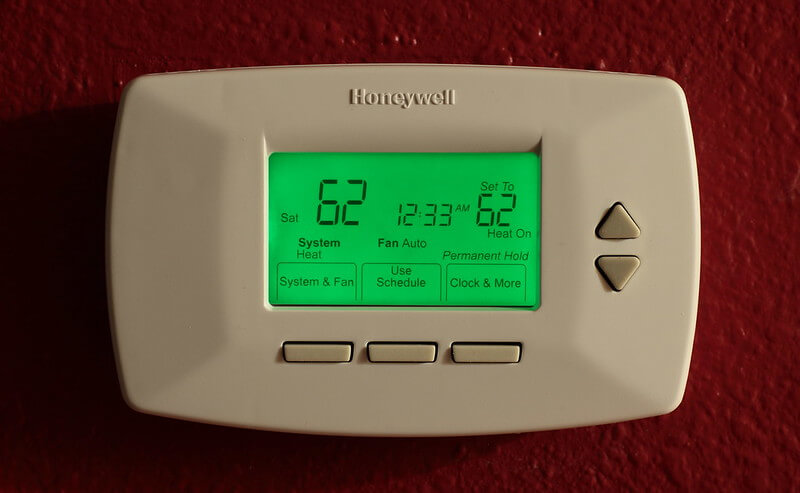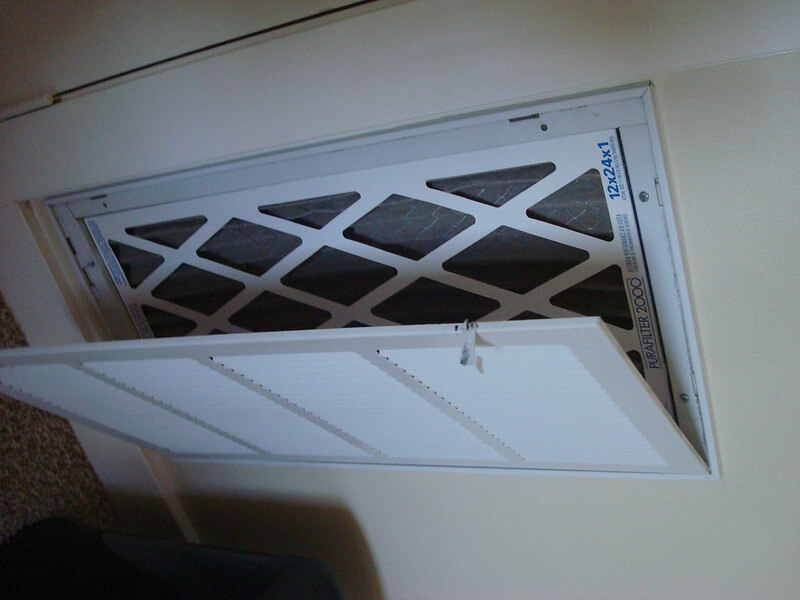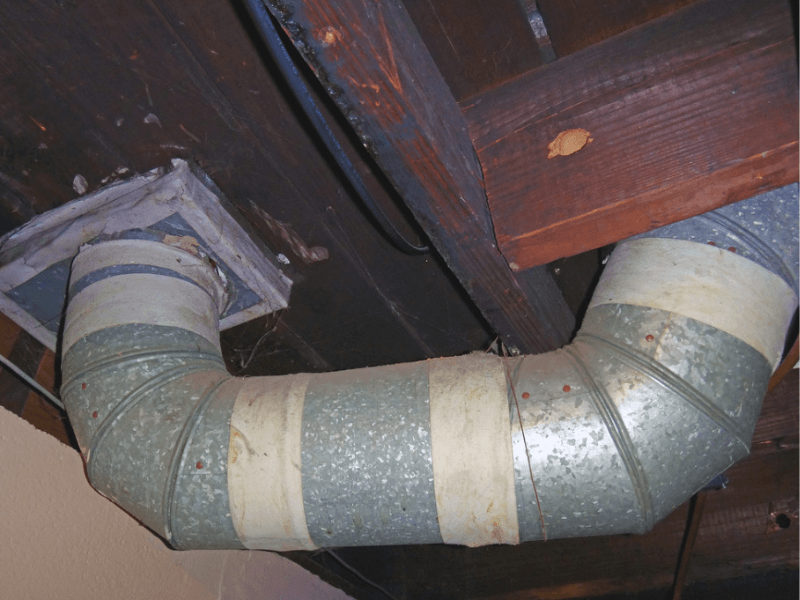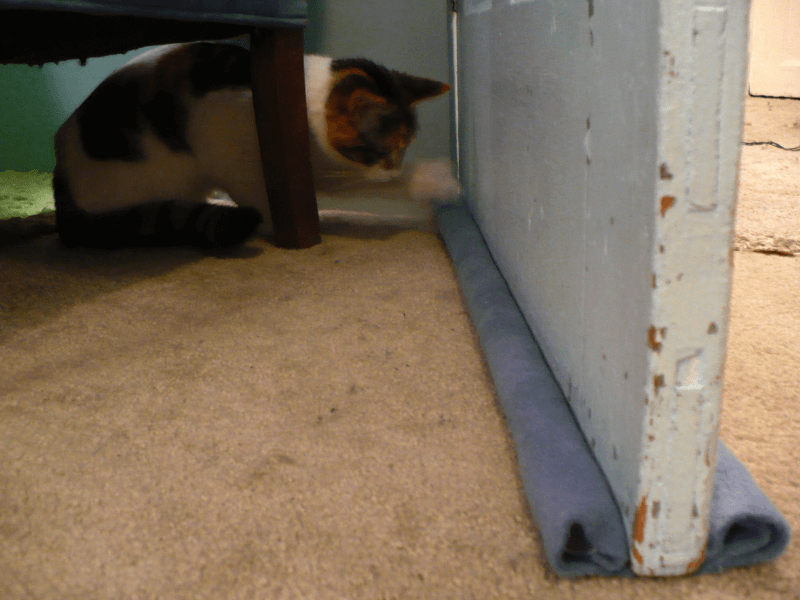According to the Department of energy, most homes in the U.S. are heated using furnaces. A furnace heats air and distributes warm heated air around a home via ducts.
When in good working condition, a furnace should heat air, distribute it evenly around your home, and keep your home warm at the set temperature. If your furnace keeps running after it reaches the temperature set on the thermostat, you have a problem.
A furnace that keeps running not only makes your home uncomfortably warm, but you will also face higher energy bills if this continues. If your furnace won’t stop running, here are some things to investigate and troubleshoot the problem.
1. Check your Thermostat Settings
Before doing anything else, the first thing is to ensure you set your thermostat to a reasonable temperature. According to the Department of energy, you can save energy by setting your thermostat to around 68 degrees Fahrenheit during the day. While you’re sleeping or away from home, you can even set it lower.
If your thermostat is set to a higher temperature, the furnace will run longer to reach and maintain the temperature.

Apart from setting the temperature too high, a faulty thermostat could be an issue. Check the heat anticipator in your thermostat, which can cause overshoot of the desired room temperature. It may just require some minor adjustments to make it run smoothly again.
Changing the thermostat setting from ‘on’ to ‘auto’ can also help. Also, be sure to check the batteries for worn batteries and frayed wires.
2. Check the Furnace Air Filter
If your thermostat works fine, move over to the furnace air filter. An air filter in a furnace removes dirt from going into your home or the furnace heat exchanger. A clogged air filter reduces airflow through your heating system. This, in turn, causes the furnace to cycle more and work longer.
To avoid problems with your furnace air filter, check it periodically to keep it in good working condition. Changing the air filter monthly is recommended to help prevent a condition known as ‘dirt sock syndrome.’ A dirty filter releases a foul-smelling mold or mildew odor into your home.
A dirty filter makes the furnace inefficient and strains your motor, shortening the system.
3. Check the Blower Motor
A furnace uses a blower to push air through the ducts into your home. There are times when the blower runs simultaneously with the furnace, while other times it runs on its own. To check if one or both are running, place your hand and feel the air coming out the ducts.
The furnace and blower motor are running if the air is warm. If the air is cold, only the blower fan is running. If the blower fan is the one only running, check your thermostat settings and set it to ‘auto’ to check if it solves the problem.
4. Check the Ductwork
As hot and cool air passes through your home’s ductwork, it eventually makes the duct seals and joints lose. This can cause the conditioned air to escape, making your furnace work more to compensate for the difference lost through faulty ductwork.
Proper ductwork maintenance should be done periodically to ensure leaks and loose seals are fixed. This ensures most of the heated air reaches your living space and thus keeps the furnace from running longer.
5. Weatherproof your Home
Most of the warm air in our homes can be lost through drafts found commonly around exterior doors and windows. As heated air comes through the ductwork, it can also go through drafts around a home. This keeps the furnace running to maintain the set temperature.
To avoid this, add caulk, weatherstripping, door sweeps, and other draft stoppers around your home to keep warm air inside. For a good door sweep, check out the MAXTID Large Door Draft Stopper, which also acts as a noise blocker. To seal gaps around the window, use MAGZO Door Weather Stripping tape, which works great.
Waterproofing your home keeps your furnace from working correctly and decreases your monthly electric bill.




